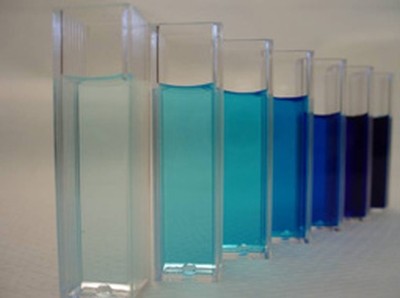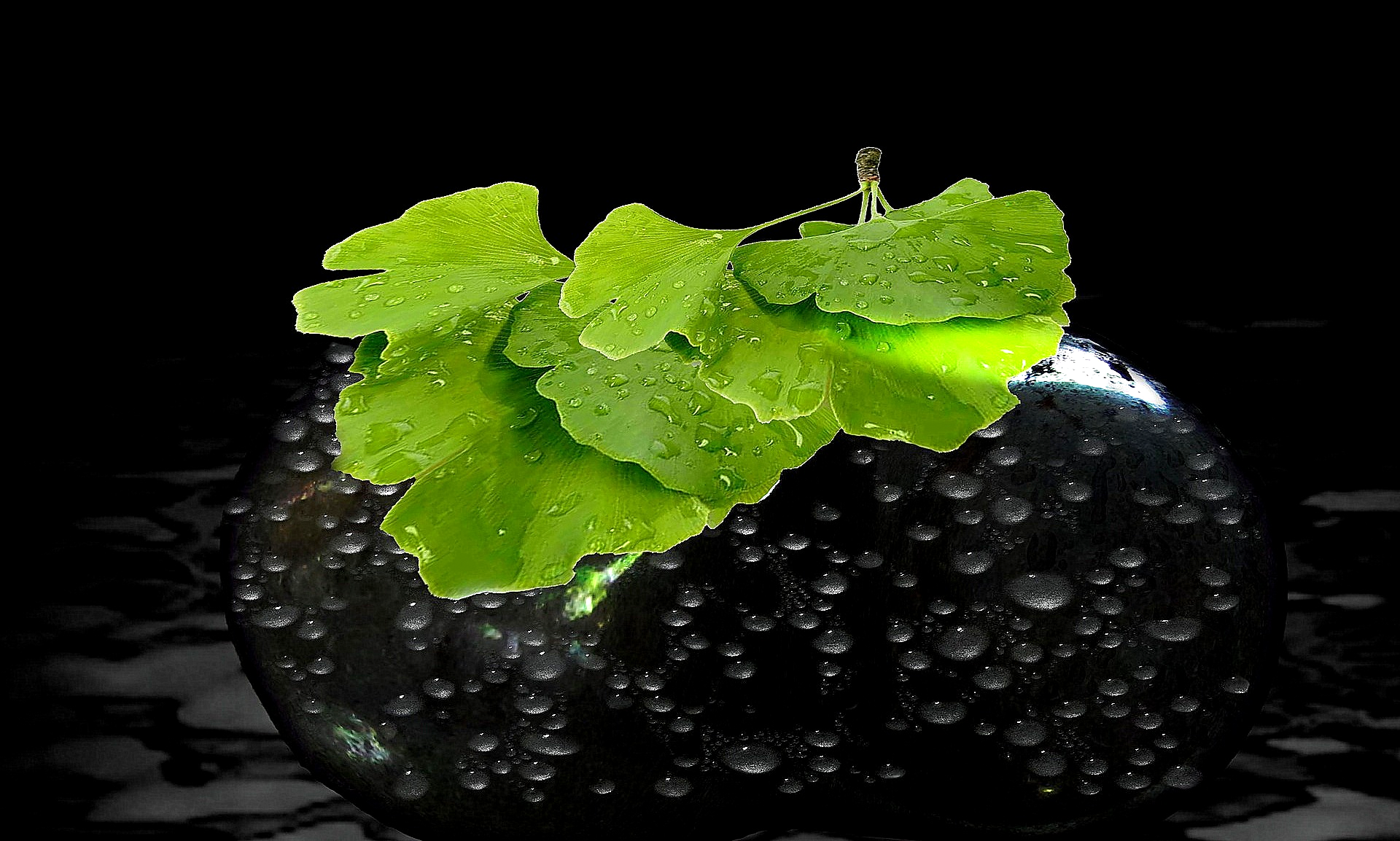 The Information Network Homeopathy recently received a question as to why there was no discussion of ultra-high dilution research in its publications.
The Information Network Homeopathy recently received a question as to why there was no discussion of ultra-high dilution research in its publications.
What exactly is this about?
It is about research on dilutions above the Avogadro limit, which statistically no longer contain a molecule of the original substance in the homeopathic solution. With the aim of finding some scientifically justifiable clue to the mode of action of homeopathic high and maximum potencies. We remember the subject of water memory and related futile efforts.
The enquirer pointed out that the sources on high dilution research are quite extensive and would give reason for an interdisciplinary assessment (i.e. also by experts outside homeopathy). He sees the lack of an examination of this at the INH as deficient.
Dr Aust’s statement in his blog “Beweisaufnahme in Sachen Homöopathie” (Taking evidence in matters of homoeopathy) shows one of the most important aspects for the assessment of “homoeopathic basic research”, to which high dilution research undoubtedly belongs: the lack of a context of meaning of such research (and its results) for the basic question of the correctness of the homoeopathic thought construct and above all the proof of a specific efficacy.
Which questions in the “hierarchy” of homeopathic hypotheses, which arise far earlier than the problem of high potencies, can research on ultra-high dilutions answer at all? Dr. Aust mentions -without claiming to be exhaustive-:
-
- What is the healing power / the agent that is to be effective in the patient? It is not an identifiable active substance, because even at quite low potencies the solvent is no longer distinguishable from the solution.
- How is the right basic substance for this selected from the input remedy? Example: In homeopathy, one uses the whole bee (“Apis mellifica”), which consists of thousands of different substances. How is the right one selected?
- Why do the inevitable impurities of the solvent have no part in the process of potentisation?
- What is potentised if the original substance is no longer present?
- How is the property to be potentised selected? Example:Why is not the poisonous effect of arsenic enhanced by potentising (succussion), but only the curative effect?
- How is the effect of the healing power transferred to the ten- or hundredfold quantity by shaking (succussion)?
- Why is not the poisonous effect of arsenic enhanced by potentising (succussion), but only the curative effect?
- How is the effect of the healing power transferred to the ten- or hundredfold quantity by shaking?
- How is the efficacy thereby intensified? Why, on the other hand, do we not notice anything of the amplifying effect of shaking in normal life? What is the difference between shaking a homeopathic preparation and shaking my coffee?
- How is this enhanced healing power stored on the sugar after the solution has evaporated?
- How is the healing power released from the sugar and transported in the human body?
- How is the location identified where the healing power is to take effect, which according to the homeopathic view is very specific and determined by a very large number of factors outside the cell, such as what the proband/patient dreams at night.
- How does the healing power distinguish whether it was taken by a healthy person or by a sick person? In the first case it would have to produce test symptoms, in the second not, because these would then be undesirable side effects, which do not occur in homeopathy.
- How does the healing power distinguish whether the cell found is in the right region of the body, i.e. on the right or left side, for example?
- How does the healing power distinguish healthy from diseased cells? If the cell is healthy, the healing power must produce the specific symptoms at this location that it can heal if the cell is sick.However, this only applies if the patient is healthy and not otherwise ill (see above). A sick cell, on the other hand, it must cure.
- Why is it that, according to the homeopathic view, less active substance in the preparations is more effective, but one must not take too many of high potencies, because otherwise the effect becomes too strong? What is the dose-effect relationship?
To be continued…
It is simply not apparent what contribution high dilution research is supposed to make to answering these questions scientifically.
Research into extreme dilutions, i.e. beyond the point where something of the original substance is still present, is very far removed from the claimed phenomenon of the allegedly considerable clinical efficacy of homeopathy. Even if a) using scientifically recognised methods, b) any effect could be demonstrated in an independently reproducible way: First the casual chain would have to be presented, the logical bridge built between these findings on highly diluted solutions and the healing effect of homeopathy.
For that alone would be scientific. Science is a system in which proven findings refer to each other without contradiction. Quite independently of an evaluation of the validity of research results in “high dilution research”, there is a complete lack of such a contradiction-free system of reference between these and the assertion that homeopathy is a specific drug therapy for sick people that is effective according to certain principles.
Where an attempt is made to establish such a link, it is therefore a “free-floating” hypothesis, not to say wild speculation. There is no trace of a causal chain – and thus no trace of scientificity.
Moreover, a causal chain would only come to nothing anyway – because there is no valid proof so far that homeopathy works at all beyond context effects. So there is not even an “other end” to which a causal chain could be linked at all. This is why Dr Natalie Grams, in a professional article, rightly calls this aspect of homeopathic “basic research” a “futile research for nothing“.
These are the reasons why, from the point of view of scientific criticism of homoeopathy, we are at best marginally concerned with “high dilution research”. It is irrelevant to homeopathy’s claim to be a medical method.
Once again, the view is diverted from the unanswered basic question – that of the proof of a specific medicinal effect of homoeopathy – to a problem that is not at all relevant before this basic question is answered – the scientific justification of the mode of action of high potencies.
See also:
Picture credits: Department of Chemistry and Pharmacy, Friedrich-Alexander-University Erlangen-Nuremberg

